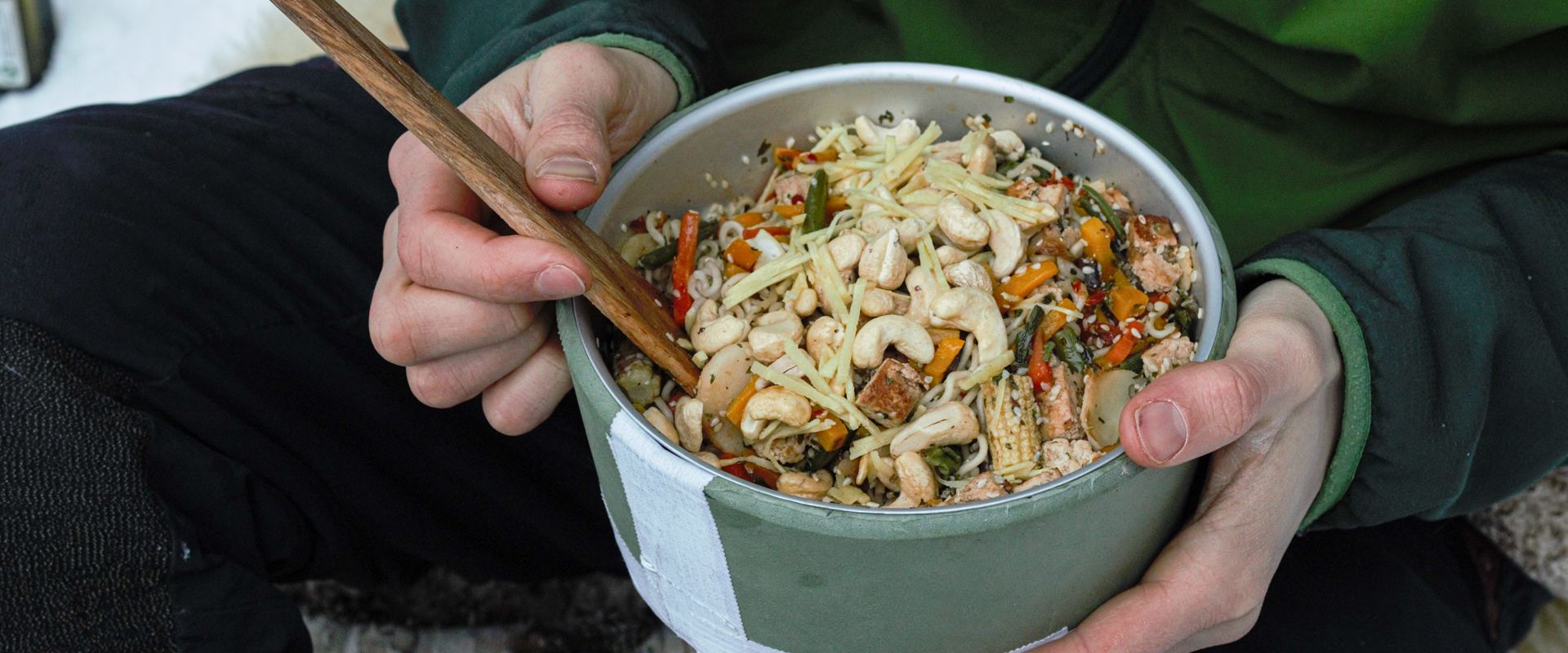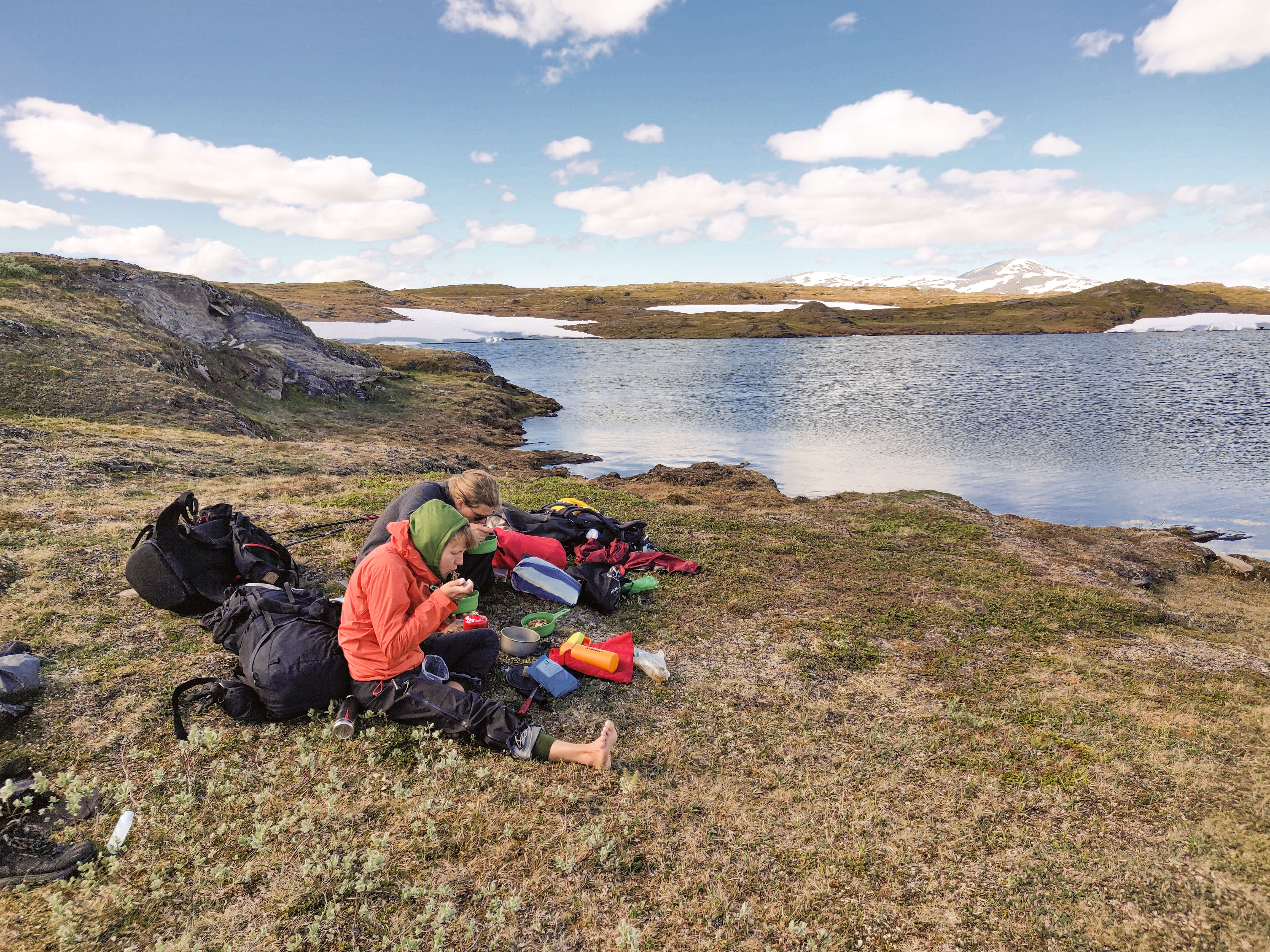

Alexander Elfving
Save gas, time and weight
I've written a lot about how to cook high-energy food on trips, but not so much about how you can save energy on the cooking itself. I mean the consumption of gas for your stove. This will not be a post describing exactly how much gas you need to bring on your excursion/expedition but I have some great tips and tricks to share that will make your gas last longer and maybe even allow you to carry a little less in your pack.But too much is better than too little when it comes to gas on a trip!
Different dishes take different amounts of fuel to prepare. The least fuel-intensive foods are those that only need to be heated to be ready, and the most fuel-intensive are rice and pasta, as the cooking time for starch-based foods is long. The best for total energy consumption are energy-rich (fatty) foods that only need to be heated a little. So, for example, a fatty soup is better than risotto, from the perspective of how much fuel is consumed. That said, we may still feel that we would like to eat starch-based food on a trip, because we like the way it fills us up and the way it tastes, for example. So I think you should be allowed to do that! In such cases, there are still some tricks you can use to reduce gas consumption:
Place the stove out of the wind. The wind is probably the biggest factor when it comes to how much gas goes into cooking your food. Although PrimeTech kitchens are very heat efficient, cold winds will take the heat away.
- Food thermos. The colder it is outside, the more confident you can be that it should end up in your pack. The best thing about it is that the food almost cooks itself when you bring one. When the breakfast porridge is eaten, you can take the opportunity to boil water for the dried lunch that you have ready in the thermos. Then just pour it in. Even if you have pasta or rice in there, it will be ready when it’s time to eat lunch.
- Soak what you can. For example, soaking the mushrooms for your risotto saves gas and will give them more flavour. Boiling the mushrooms to make them swell is also possible if you are in a hurry.
- Make an “insulation bowl” for your kitchen!
Then, after cooking the food, you can put the pot in the “insulation” with the lid on. Then you don’t have to cook as long.
It’s also easier to eat straight from the pan as you won’t burn your hands. Another variation is to use a hood or similar.
Finally, I just want to suggest that you try to calculate how much gas you will use. On the primus website there is a ready-made table that can be used as an indication.
https://www.primusequipment.com/se/sv-se/service/valj-ratt/valj-gas/bransleforbrukning
You can read more here:
https://www.primusequipment.com/se/sv-se/om-oss/teknologi/bransleeffektivitet
But again, too much is better than too little!
February 07 2022






